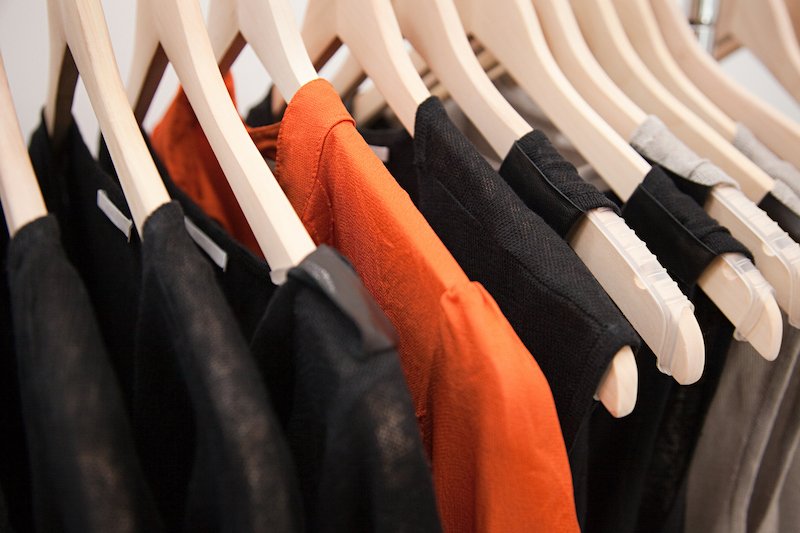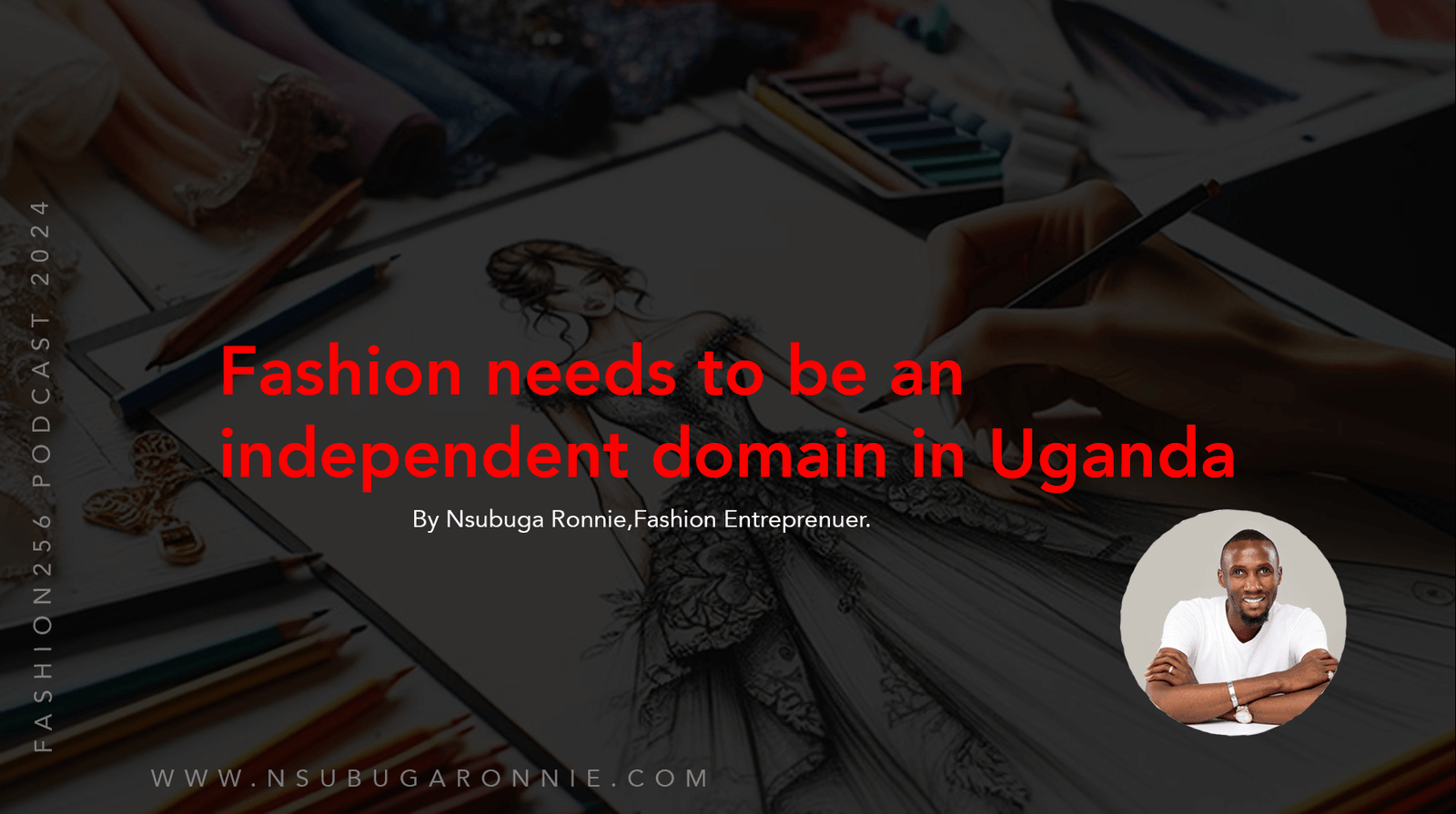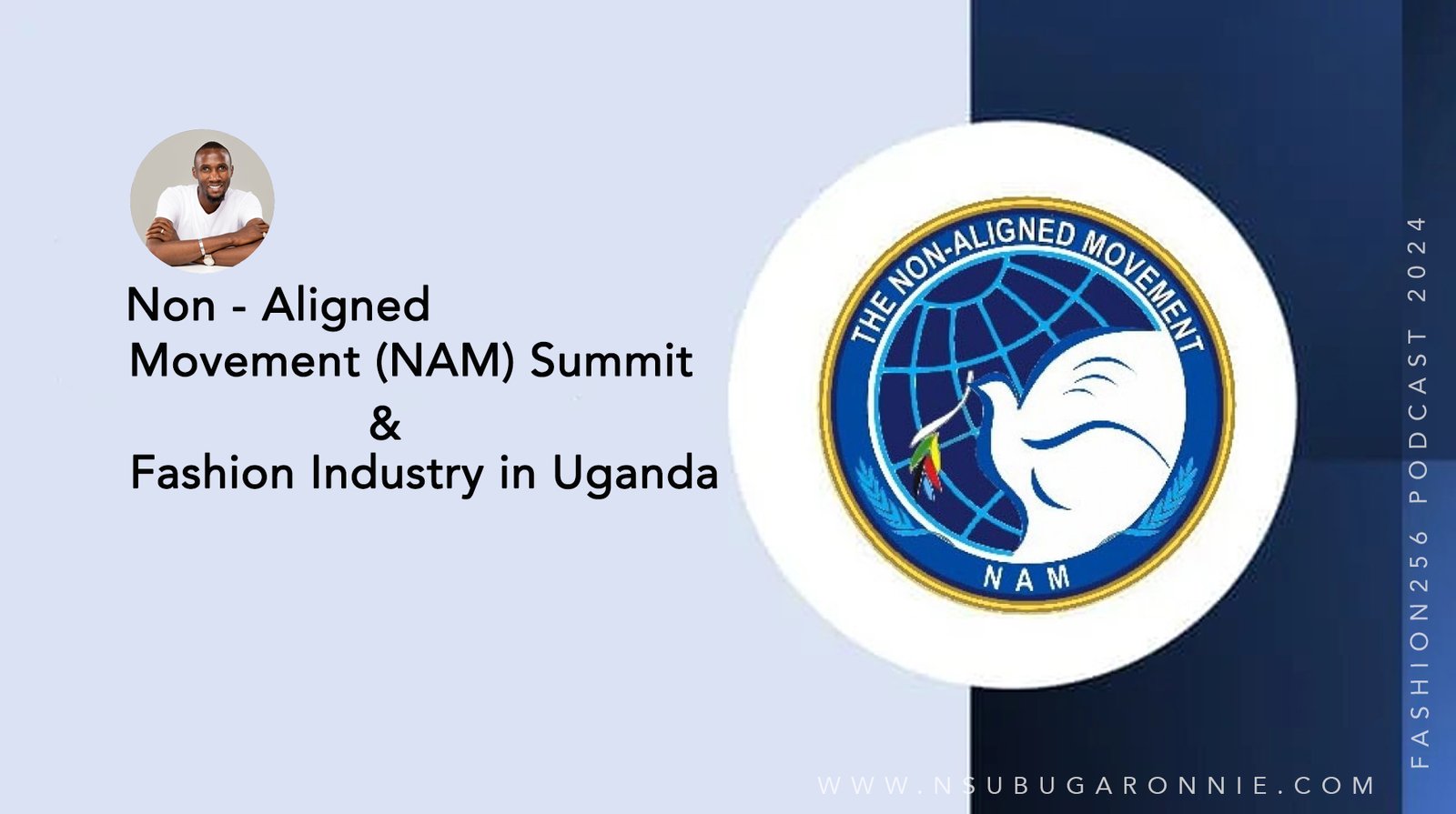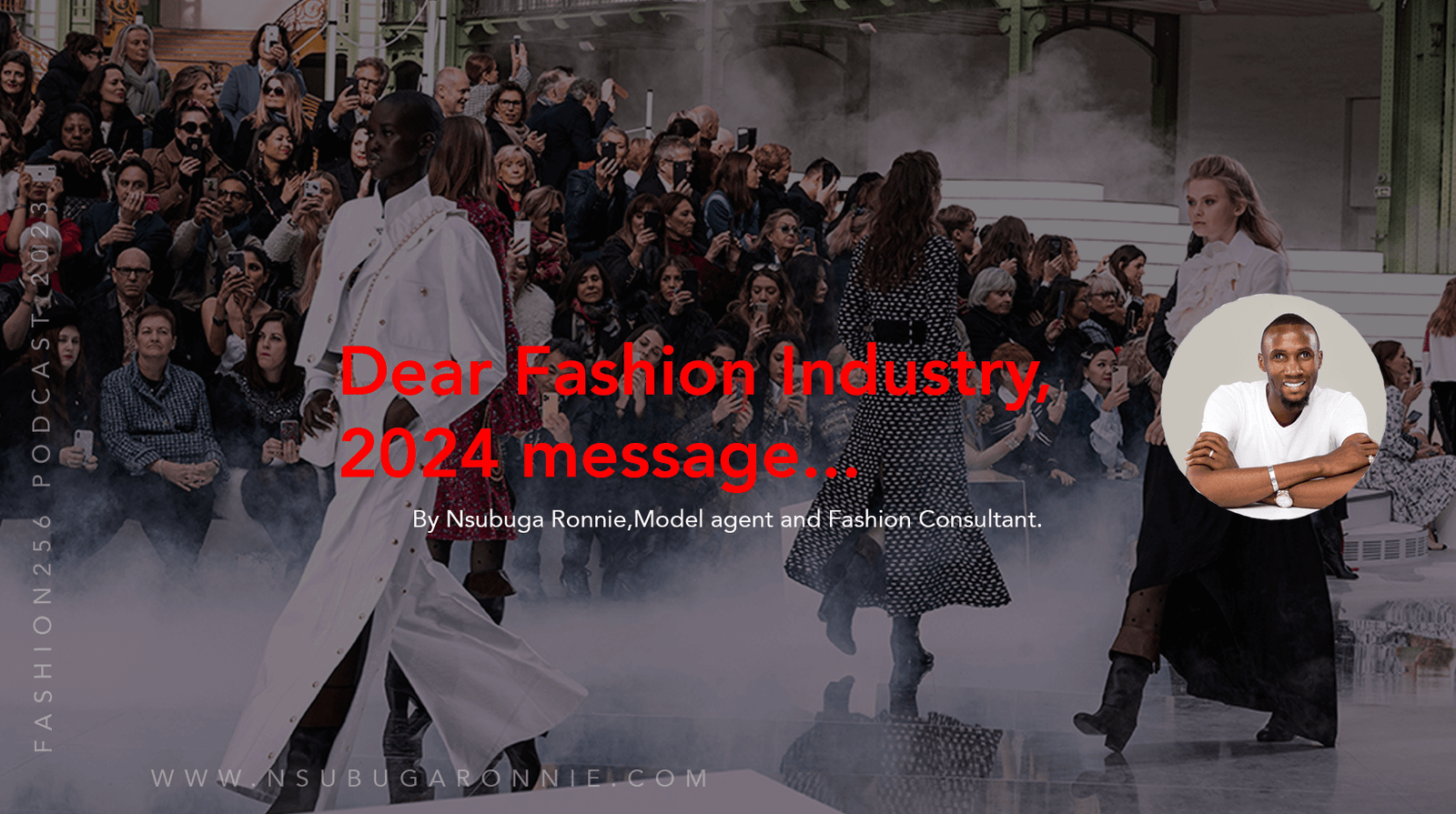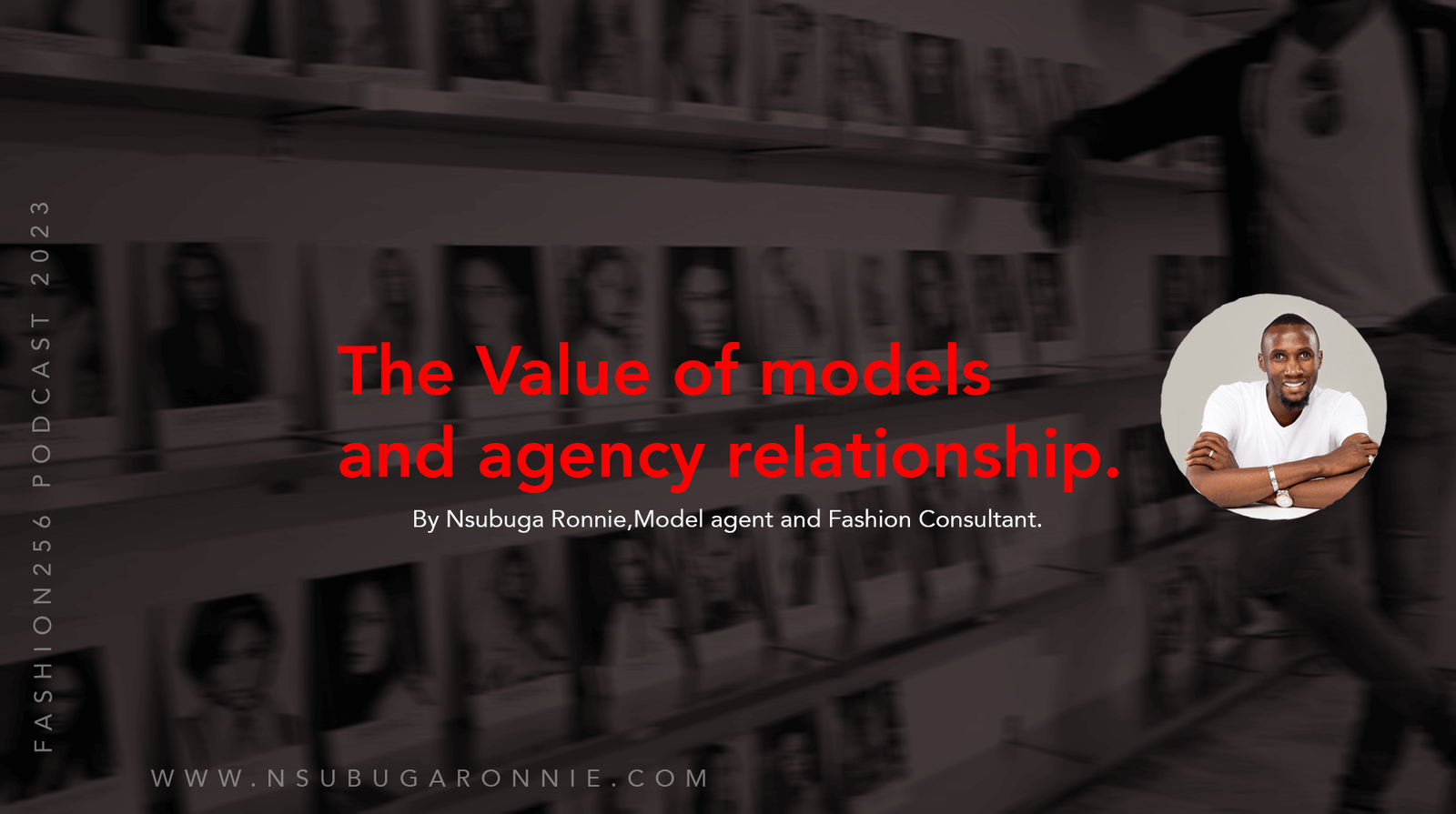TIPS ON BECOMING A FASHION STYLIST
Do you have a sense of style? Are you drawn to inspiring pictures, and are you interested in fashion and self-expression? Do you aspire to work in the fashion industry?
If this describes you, you might want to choose a job as a fashion stylist.
This post will go through the initial actions to take.
Over the years, Nsubuga Ronnie has taught hundreds of models who attended Crystal Models Africa Academy and were unsure about which path to follow in the fashion industry (or how to get on the path, once they have figured out their goals.) It’s a great source of motivation to see these models discover their focus and leap into action, taking those daring initial steps in becoming a fashion stylist.
1. Learn about fabrics, garment construction, and fit
Even if you don't go to school for fashion, there are a few easy ways to learn about the details. Most people live near malls or department stores, and if you're lucky, there's probably even a high-end boutique you can get to. Compare the pants and shirts you own to the pricier stuff, and try to notice the differences in cuts and design. Turn those same garments inside out to see how they're made. Chop it up with different associates who seem to know the product, and learn what makes it "good." As you see more and more clothes from different designers you'll know your Balmain from your Balenciaga and your Kas Wear from your Abryans without having to look at the tags
2. Attend Fashion-related events
While it's never been easier to be an armchair fashion critic (thank you, Internet), catching shows during fashion week is a different experience. Whether you manage to score an invite (it's okay to get "standing") or have to sneak in, it's great to see the clothes come down the runway. That gives you a chance to see the fabrics up close and get a sense of how they move on the body. So, when people say things like "I don't understand how guys can even raise their arms" in a certain garment, you'll be able to school them right away. And of course, attending fashion-related events is a good way to show your face, network, and be surrounded by the pros. So even if you get shafted with your view at the show- the afterparty could be more productive.
3. Stay On-top of trends
Pay attention to what trends are happening on the runway and in the marketplace that knowledge is important in this industry. You'll have a head start on what's hot, and what's corny because most clients have no idea of either. On the flip side, other clients might want to steer clear of things other magazines are shooting, or what other people are wearing. That means not only staying up to date on what mask Kanye rocked last night, or what stylish NBA players like Russell Westbrook and Tyson Chandler have been spotted in but also keeping track of collections from high-end designers and smaller labels with street cred.
4. Use social media as a tool, not to look like a tool
Take a much-needed break from posting all those selfies and food pics. Use Facebook, Instagram, and Twitter to follow your favorite stylists and their clients to see what they're working on, and pictures of clothing and shoes they think are awesome. This gives you a bird's eye view of what's behind the scenes, often long before a trend or brand begins to pop off. This is a great way to develop an eye for what's next.
5. Pay your dues
Almost all successful stylists have interned for other stylists in the past. Most internships are unpaid, but the knowledge you gain is priceless, and in most cases, if you are a great intern, you'll get a paid job as an assistant. This is a step you can't skip, you'll need references along the way -and these people can do that for you, especially if they've got connections. That's why it pays to make sure everything you do is your best work. On the bright side, you'll make a lot of new friends... who are mostly inanimate objects like garment bags, rolling racks, and steamers.
6. Develop your network and your partnerships.
As you start working, you'll meet so many people that can help you along the way. But don't jump the gun, try too hard, or do anything sneaky or unprofessional (like pretend you work someplace when you're just an intern). Relationships take time to build with brands, designers, and pretty much anyone-and they happen organically. So, don't be that guy at a fashion-related event or party. Play the line between professional and laid-back cool guy. You never know whom you are going to meet, what doors could be opened, or what opportunity awaits you
7. Understand the distinction between a personal shopper and a stylist.
There's a big difference between a personal shopper and a stylist. Contrary to popular belief, not everyone that claims to be a "stylist" on Tumblr is the real deal. Personal shoppers get paid very well but offer something completely different from a stylist's services. A personal shopper goes to a store on behalf of their clients and edits a small selection of clothes that they are most likely to buy. That means you have to know your client and his or her taste. Stylists, on the other hand, help create a client's image.
They come to you to put their best style forward. It's your job to make sure they look on top of their game. That means visiting showrooms to cultivate relationships with brands, designers, and publicists, attending fashion events, and having some tailors on hand who can custom-fit gear for your client. If you're good, you'll be able to navigate politics well enough to not have to pay for anything.
8. Determine your lane
There are many different categories of fashion styling. You can try them all if you're lucky, but perhaps there's a type of work that especially interests you. There are celebrity stylists, who work closely with all types of talent on everything from their style, red carpet setups, and public appearances. There are editorial stylists who mostly work with magazines and photographers on artsy, evocative fashion stories. There are also stylists and publications whose work blurs the line between the two-especially when working with celebrities in the realms of sports and music, where elements of the costume can come into play. Find out what kind of work speaks to you, and pursue that.
9. Plan ahead of time who you want to collaborate with and conduct your research.
Once you figure out what brands you're a big fan of and what inspires you, and mash them both together, you'll have a good idea about what your aesthetic is. The next step is figuring out which people and publications are in line with that. Into tailored gear and Italian brands like Dolce & Gabbana, Gucci, and Zegna? A men's publication with a slightly older bent may be your fit. If your taste is eclectic, like GANT, Wings + Horns, Hood by Air, and White Mountaineering, you may want to work with the Complex team in translating what's hot into cool and wearable looks. Find out what you want to say first, and then find people you think can help you get the message out.
You probably have a favorite stylist and don't even know it. Take a look at the celebrities, photo shoots, and people whose style you admire you might notice a common name, and that's the stylist. Peep the credits for their name, and from there you can research how they started, and how to get in touch with them.
Maybe that'll lead to a cup of coffee and some career advice, or even the chance to be their intern or assistant.
You never know.

